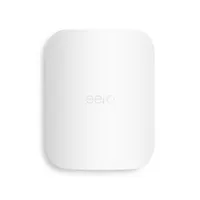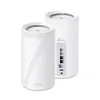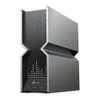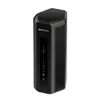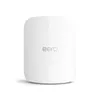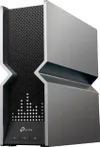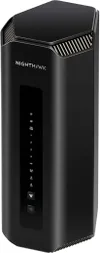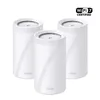I get faster Wi-Fi speeds in my backyard than some people do in their homes — and it’s all thanks to the eero Outdoor 7
Still going strong after 7 months withstanding the elements
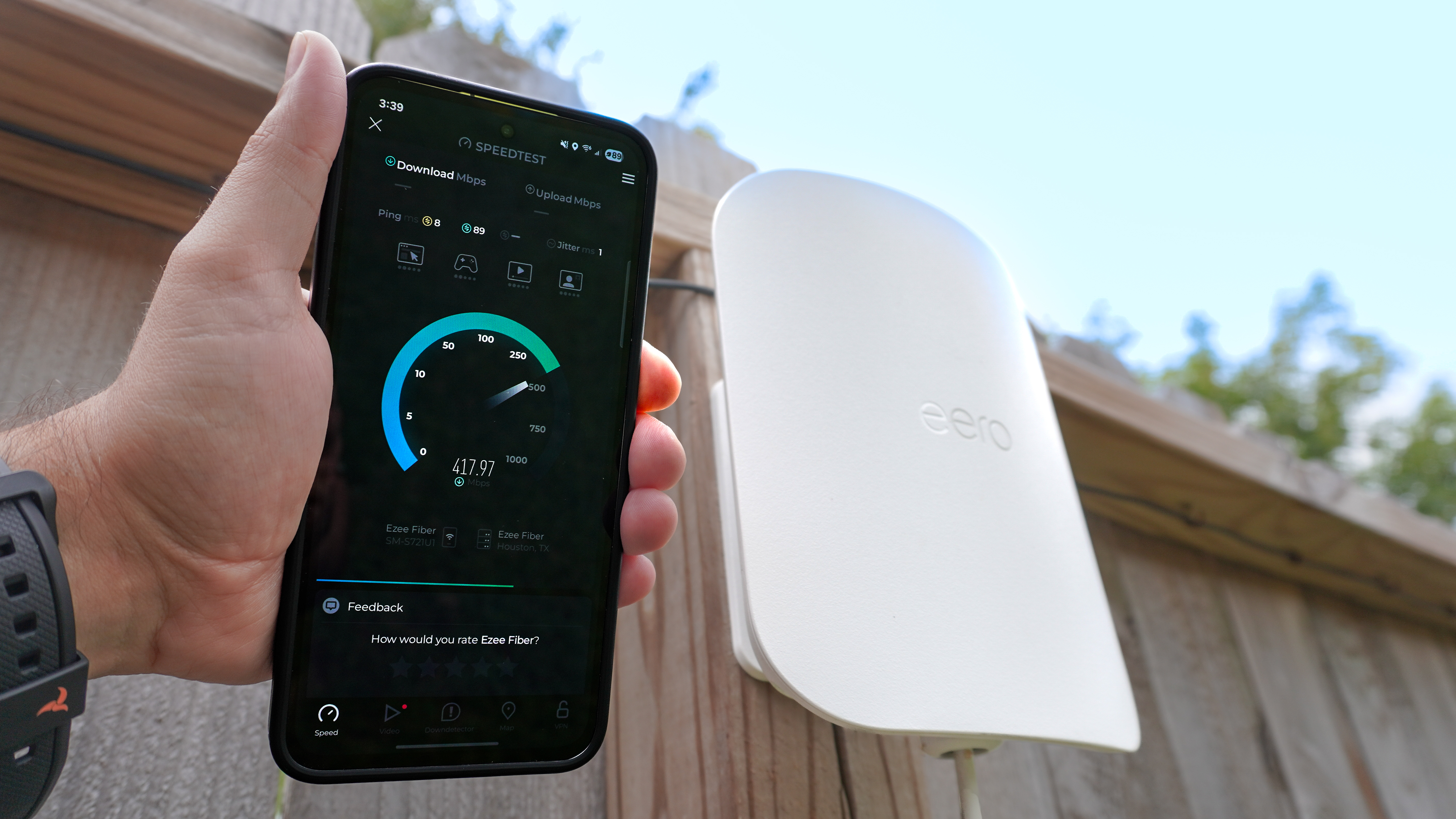
Looking for a signal when you’re outside is one thing, but having to do so within your own home is another. Unfortunately, that’s exactly what it’s like for people still living with Wi-Fi dead zones.
You see, even with one of the best Wi-Fi routers (and definitely without one), you could still end up in a situation where parts of your home aren’t covered with a strong wireless signal. Maybe your home has an odd layout, or perhaps it’s built out of materials like brick or cinderblocks, which make it difficult for your router to achieve its maximum range. Likewise, your home may just be too big for your current router.
In this case, upgrading to one of the best mesh Wi-Fi systems is your best bet. Unlike a traditional router, a mesh system is actually made up of multiple devices, often called satellites or nodes, that relay the signal of the main unit (which serves as your router) even further. This way, whether you’re on the other side of your house, upstairs or downstairs, you always have a strong signal that doesn’t drop off as you move further away from your router.
I upgraded to a mesh router after moving into my first home, and it’s been wonderful not having to deal with Wi-Fi dead zones anymore. However, there was still one area of my home that eluded me: the great outdoors. Well, not necessarily the great outdoors, but my backyard. Sure, I could get a signal out there, but it paled in comparison to the types of speeds I saw indoors. That was until I added the eero Outdoor 7 to my mesh network.
I’ve been using the eero Outdoor 7 for seven months now, and I haven’t had any issues with it yet, even though it’s mounted on a fence in my backyard. Here’s everything you need to know about the next big thing in mesh networking and why you might want to add an eero Outdoor 7 or a similar device to your own backyard.
eero Outdoor 7: $349 (without AC adapter), $399 (with AC adapter) @ Amazon
This Wi-Fi 7-powered outdoor mesh Wi-Fi extender lets you easily extend your eero mesh network out into your garage or backyard. It has an IP66 rating which means it's protected from dust, rain and snow and it can be powered from an AC outlet or over Ethernet. The outdoor 7 has a range of 15,000 square feet and can deliver wireless speeds up to 2.1 Gbps.
As simple as adding another satellite
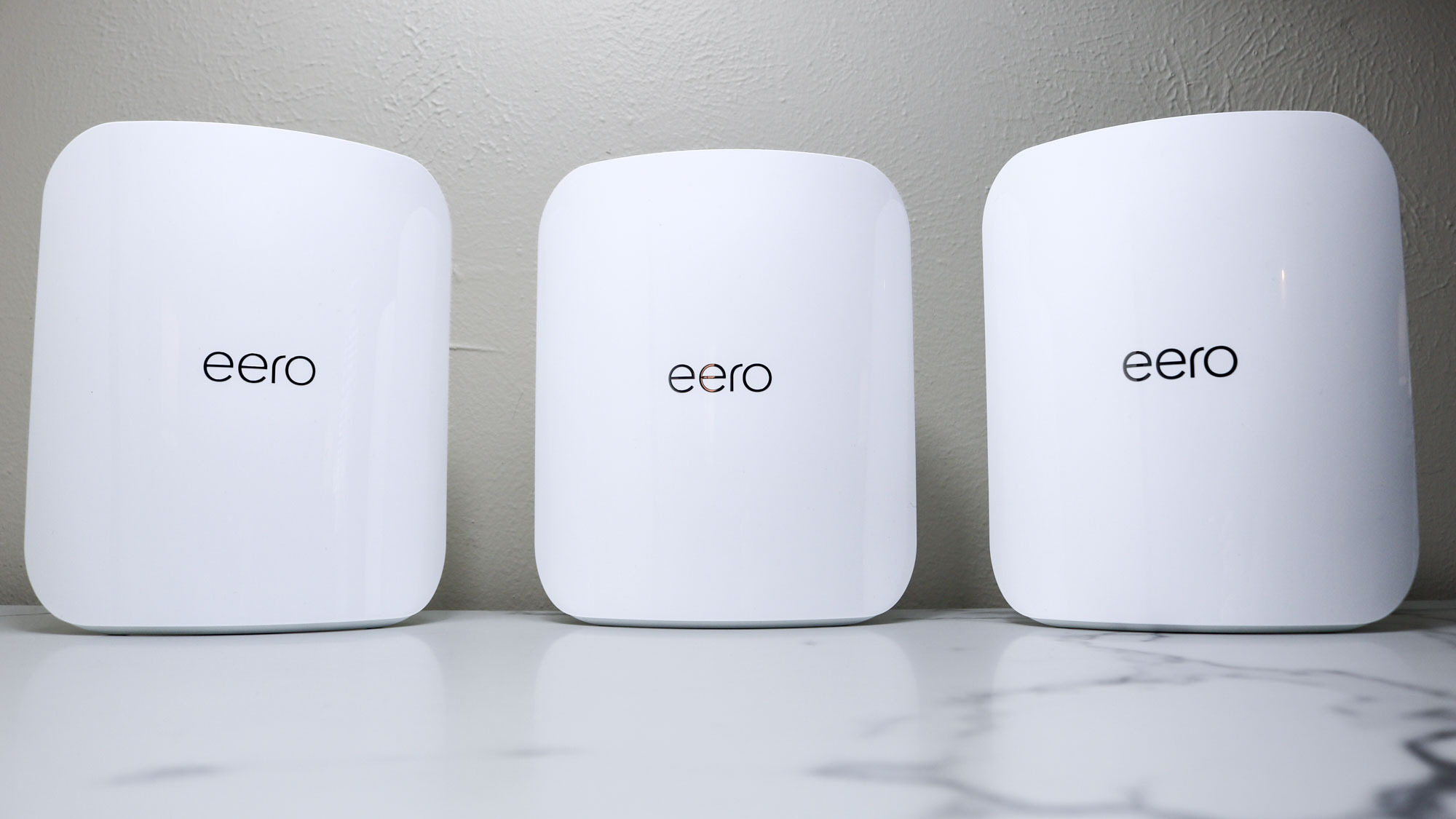
One of the great things about most mesh Wi-Fi systems is that many of them provide you with an easy way to upgrade your network later on. This is especially useful if you underestimate the size of your home, buy a two-pack and then realize that you don’t have enough coverage, as you can always buy an additional satellite.
I know for a fact this is true with both eero and TP-Link, as I did exactly that in my detached garage before adding the eero Outdoor 7 to my home network.
Get instant access to breaking news, the hottest reviews, great deals and helpful tips.
Last year, when I switched from cable to fiber internet, I also upgraded to the eero Max 7 to take full advantage of the significantly faster 10 gigabit per second speeds I now get from my local internet service provider. While the Max 7 is eero’s flagship mesh system, the good thing about the Outdoor 7 is that it’s compatible with the rest of eero’s mesh routers. In fact, all eeros are compatible with one another, just like with TP-Link’s Deco mesh routers.
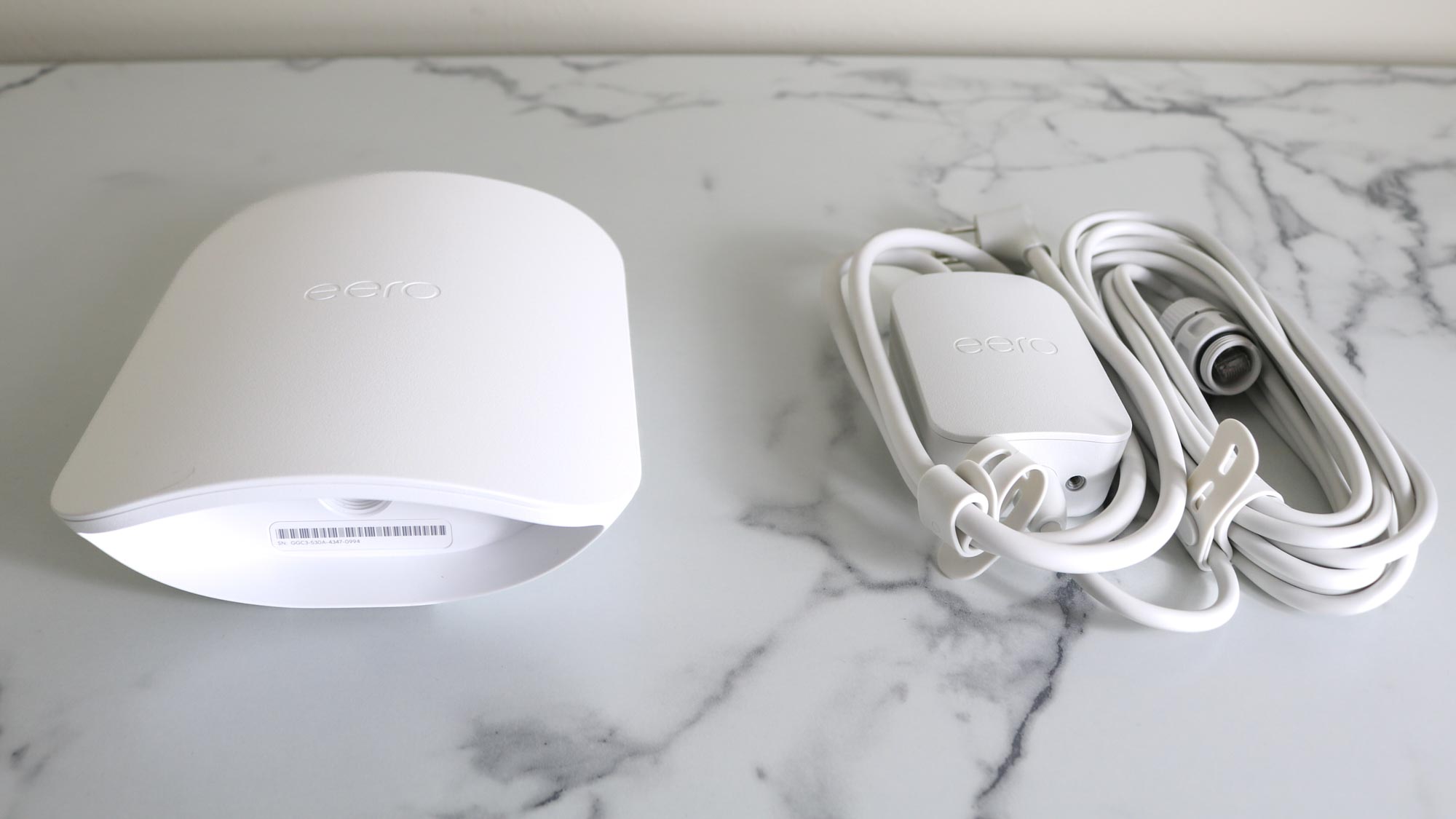
At first glance, the Outdoor 7 looks like just another eero satellite. However, it works like one, too. Once you have it plugged in, you then go through the setup process in the eero app, which is almost identical to adding another satellite, except for the mounting section.
In the box, you get all the gear you need to mount it to wood, vinyl and even stucco, though eero does offer professional installation through MasTec in the U.S.
I won’t get into all the nitty-gritty details, but you also have two options as to how you decide to power the eero Outdoor 7. While you can pay extra for an AC power adapter, if your home is wired for Ethernet, you don’t have to. Instead, you can use Power over Ethernet (PoE) for the Outdoor 7, which can be especially useful if you’re installing it somewhere that you don’t already have an AC outlet.
As my home isn’t wired for Ethernet (maybe one day), I took the easy route and just plugged it into a nearby AC outlet where I also have my smart string lights installed.
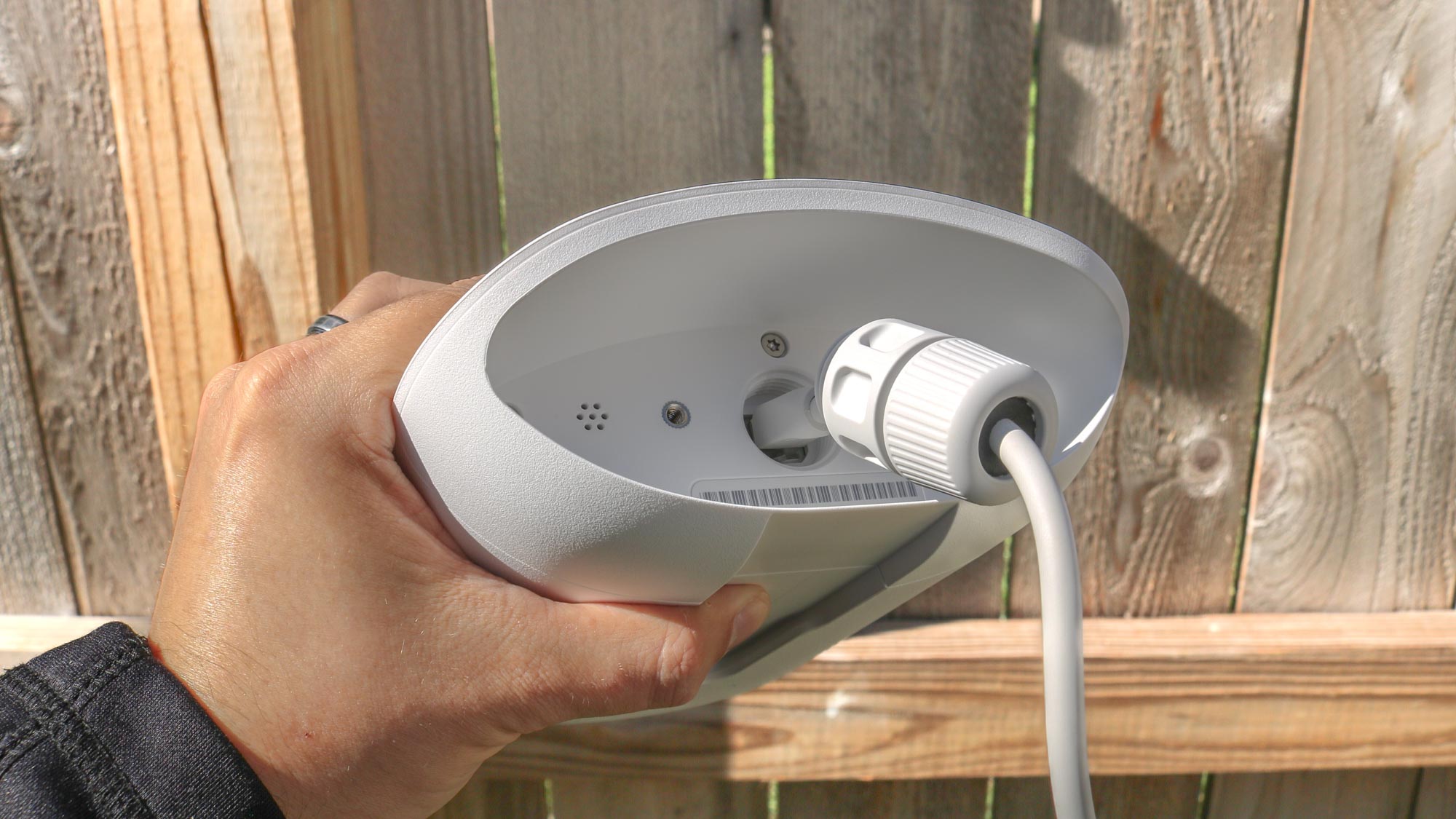
The optional AC adapter for the Outdoor 7 is just as strong and weatherproof as the device itself. That way, you don’t have to worry about water accidentally seeping in at its base.
The Outdoor 7 has an IP66 rating, and during its development, eero’s engineers tested it to operate in temperatures as low as -40°F and as high as 131°F. It can easily stand up to the elements too, with protection from dust, rain and snow.
So what’s it been like having a full-fledged mesh router mounted on my back fence? Wonderful, to say the least, even though I’ve yet to fully push the Outdoor 7 to its limits.
Fast outdoor Wi-Fi (rain or shine)
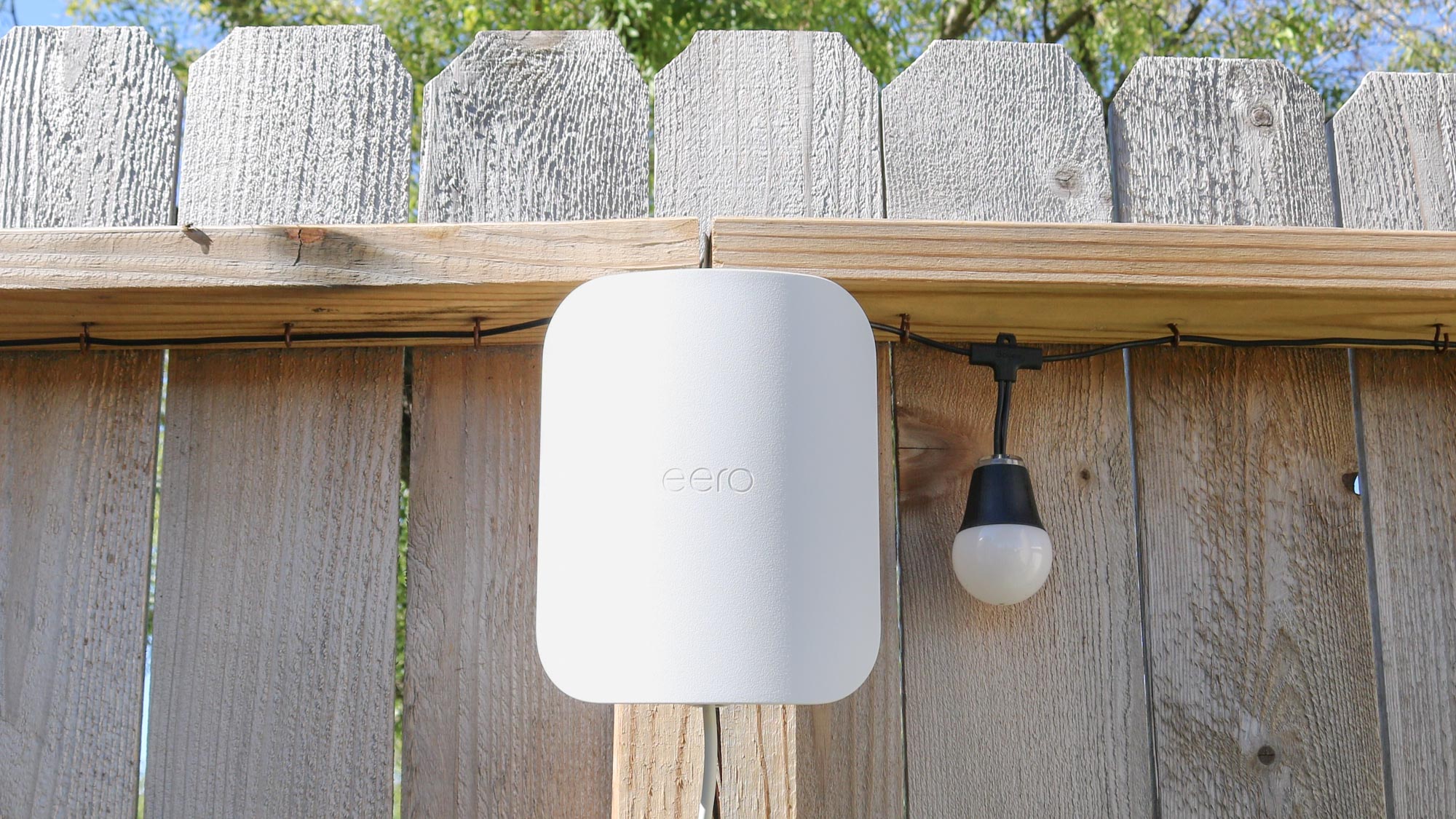
Last November, once my upgrade to fiber internet and Wi-Fi 7 was complete, I went outside and mounted the Outdoor 7 on a fence post in my backyard. To this day, I haven’t had to mess with it yet, either in the eero app or physically out in my backyard. It just works and I’ve been really impressed with how "plug-and-play" such a complicated device like an outdoor mesh extender can be.
It’s worth noting, though, that while the Outdoor 7 is a Wi-Fi 7-powered device, it doesn’t utilize the full potential of the latest wireless standard. This is because it uses dual-band Wi-Fi 7 instead of tri-band Wi-Fi 7 like the Max 7 mesh system in my home. Though you get access to both the 2.4 and 5 GHz bands, the Outdoor 7 doesn’t support the faster 6 GHz one first introduced with Wi-Fi 6E.
I have to admit, I was a bit disappointed by this at first. However, in practice, it hasn’t made that much of a difference. When I’m out in the backyard, say for a family party or get-together, all of my devices have a strong signal, and there isn’t a Wi-Fi dead zone in sight. We’ve even brought my projector outside and streamed movies via a Chromecast without any buffering or other issues, too.
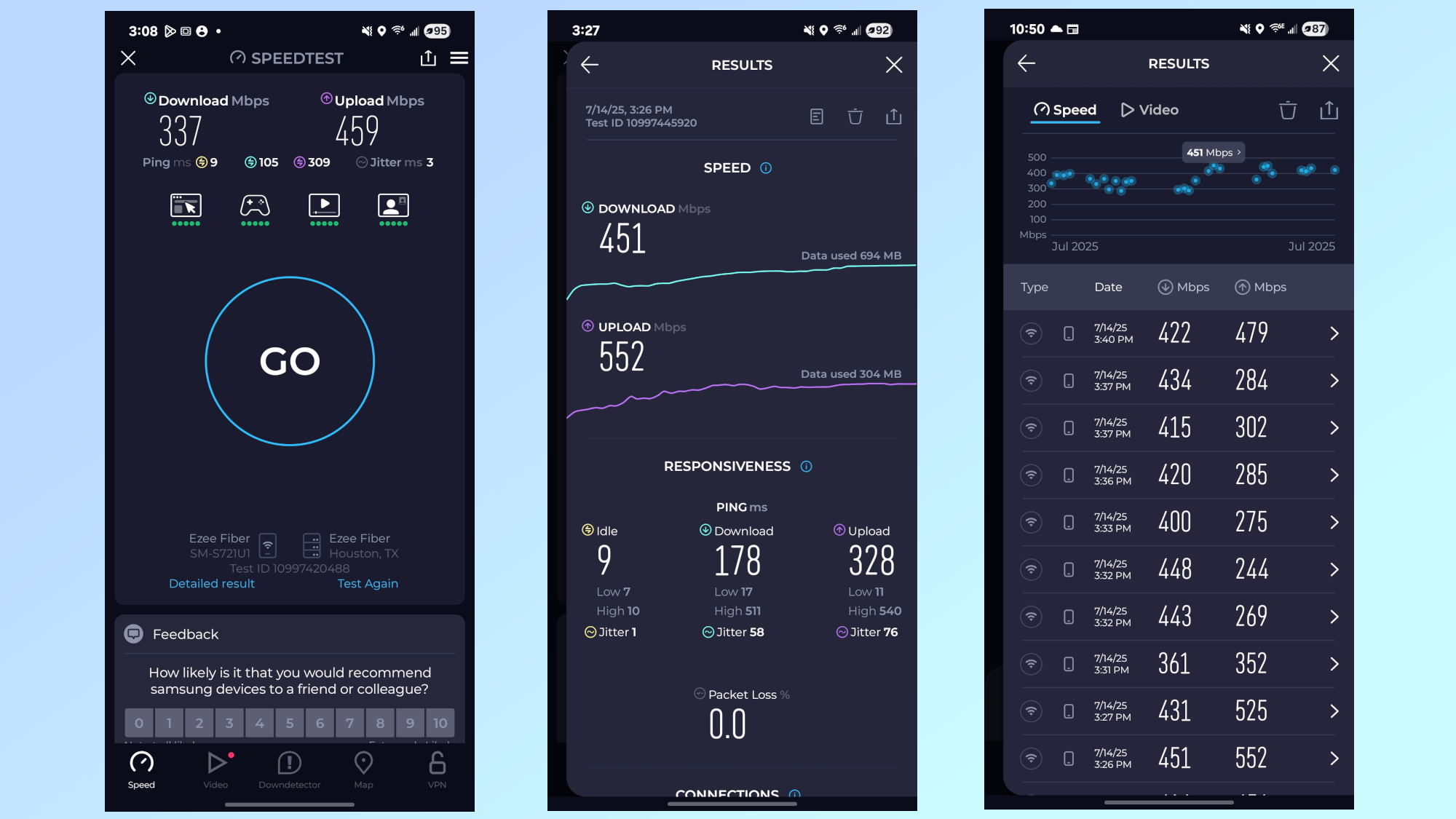
Before writing this story, I took the Samsung Galaxy S24 FE (admittedly a Wi-Fi 6E-powered device), which I borrowed from work to use with a pair of AR glasses on a plane, outside to do some speed tests. While I’ve been using Orb for most of my speed testing since it launched back in April, I decided to use Ookla’s Speedtest.net for this round of testing, as I’m sure that’s what most people are familiar with.
As you can see in the screenshots above, even though I was outside, I consistently saw download speeds of between 350 Mbps and 450 Mbps. Keep in mind, this was during peak hours, and I had a whole house full of connected devices slurping up bandwidth at the same time.
I’m sure if I had turned a few off or used a Wi-Fi 7-equipped phone like the iPhone 16 or the Galaxy S25, these numbers might have been even higher. Still, I was pretty pleased with the results of the dozen or so speed tests I ran back to back for this story.
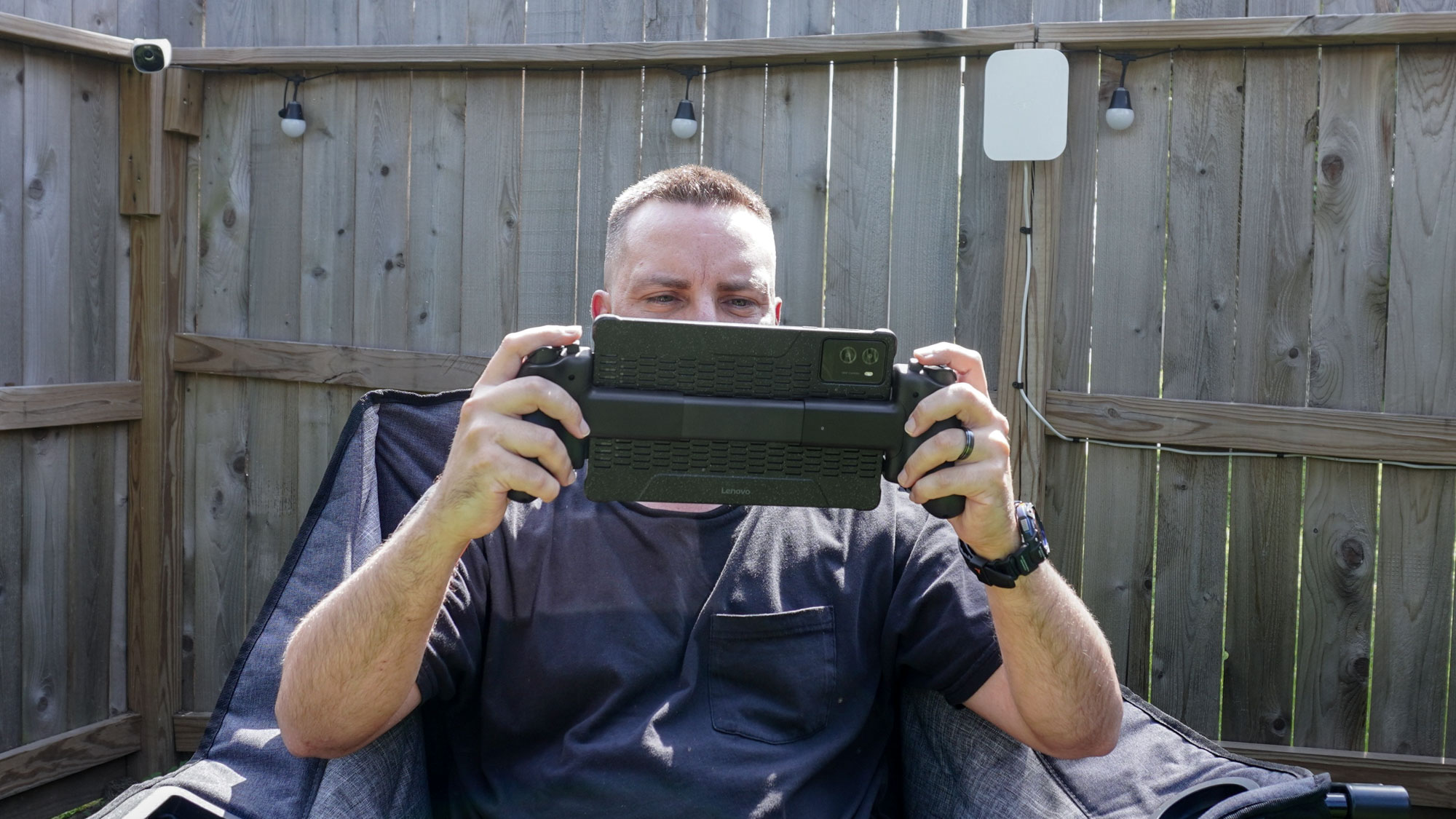
I don’t get to do it as often as I like, due to the heat here in Texas, but I’ve even gone outside and streamed games from my PS5 Pro and Xbox Series X back inside from the eero Outdoor 7. Sure, the glare from the sun did make it somewhat hard to see, but there was no stuttering whatsoever, and gameplay was buttery smooth.
In fact, one of the reasons I put together my ultimate remote play setup using a Lenovo Legion Tab 3 and a Razer Kishi Ultra mobile game controller was for this exact reason.
Now, to truly push the Outdoor 7 to its limits, I’m considering setting up one of the best standing desks on my side porch and moving my home office outdoors. However, that’s a story for another day once the weather finally cools here in Houston.
For now, I’m quite pleased with how the Outdoor 7 has held up over seven months and the way in which it has completely eliminated Wi-Fi dead zones, both in my backyard and garage, as well as around the rest of my property.
Great for eero but not your only option
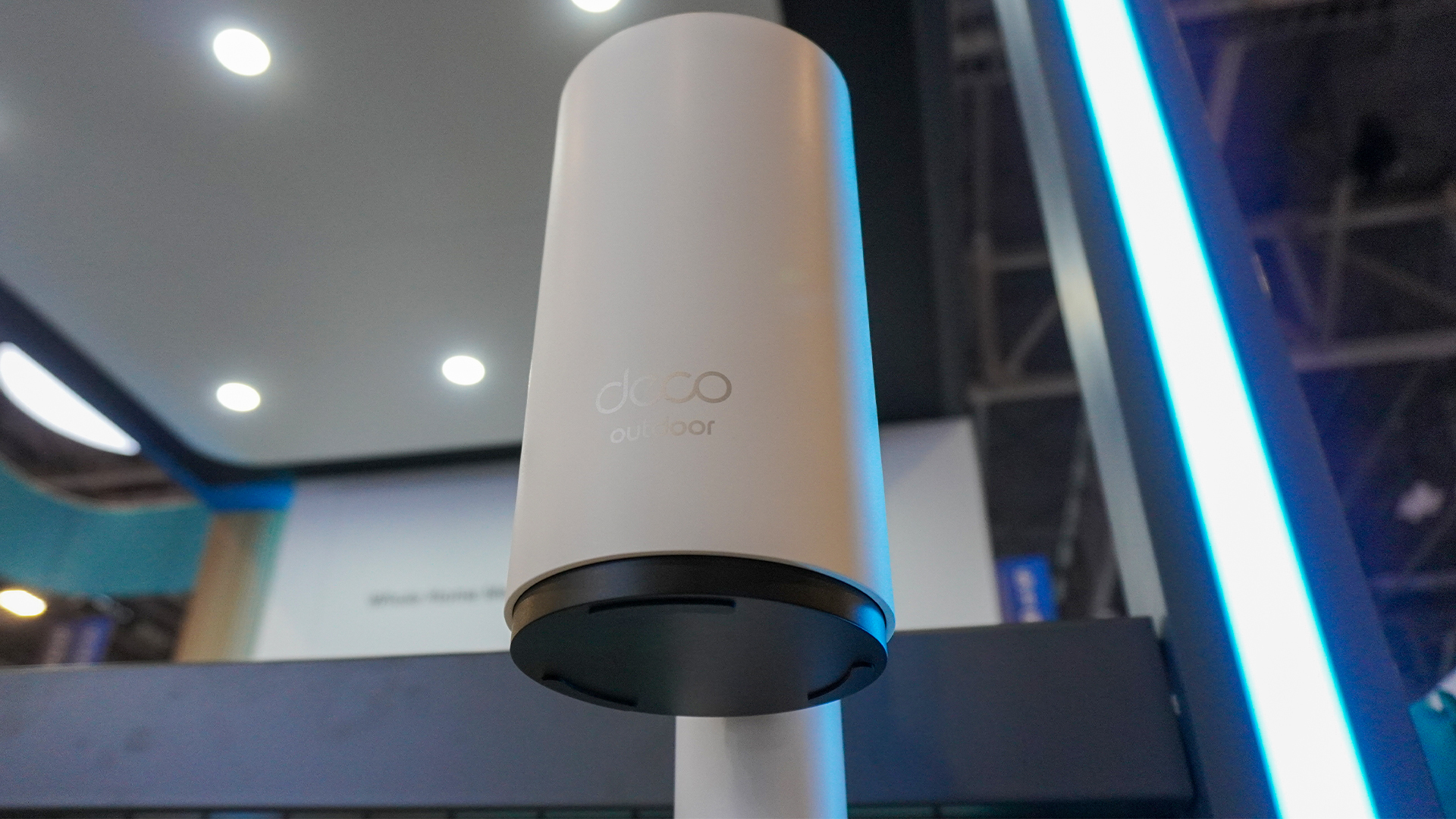
If you already have an eero-powered mesh network, then the Outdoor 7 is an easy recommendation due to just how seamless it is to add and integrate it with your other eero devices. However, if you don’t, it’s not your only option.
Back at CES 2025 in January, I got to take a look at TP-Link’s outdoor mesh extenders for its Deco mesh devices. Unlike eero, the company is launching two Wi-Fi 7-powered mesh extenders quite soon. The first is the Deco BE25-Outdoor, and like the Outdoor 7, it is a dual-band Wi-Fi 7 device. There’s also the Deco BE65-Outdoor, and that will be a full-fledged Wi-Fi 7 mesh extender with support for the faster 6 GHz band in addition to the 2.4 and 5 GHz ones.
One other key difference with TP-Link’s upcoming outdoor mesh extenders is that they’ll also feature two 2.5 Gbps Ethernet ports, which could be really useful if you have other wired outdoor devices you want to add to your home network.
Now that eero has paved the way with the first outdoor mesh extender and TP-Link is bringing its own take on this tech to market soon, I expect other networking hardware makers will follow suit. This means that regardless of which mesh Wi-Fi system you have indoors, you’ll be able to extend it out into your backyard.
The days of poor internet connectivity and Wi-Fi dead zones are quickly becoming a thing of the past, especially now that your home network can extend well beyond your home. For instance, the Outdoor 7 has a range of 15,000 square feet, and you can also add multiple units for even greater range. After testing out an outdoor mesh extender for myself, I can’t wait for this tech to become mainstream. That way, we can all have a strong wireless connection in the places where we previously had to rely on mobile data.
For now, I’m off to see what else I can do besides streaming movies and playing games with Wi-Fi 7 out in my backyard.
More from Tom's Guide
- What internet speed do I need? Here's how many Mbps is enough
- These are the best Wi-Fi 7 routers you can get right now
- I helped my uncle upgrade to a mesh Wi-Fi system — here’s how I did it

Anthony Spadafora is the managing editor for security and home office furniture at Tom’s Guide where he covers everything from data breaches to password managers and the best way to cover your whole home or business with Wi-Fi. He also reviews standing desks, office chairs and other home office accessories with a penchant for building desk setups. Before joining the team, Anthony wrote for ITProPortal while living in Korea and later for TechRadar Pro after moving back to the US. Based in Houston, Texas, when he’s not writing Anthony can be found tinkering with PCs and game consoles, managing cables and upgrading his smart home.
You must confirm your public display name before commenting
Please logout and then login again, you will then be prompted to enter your display name.
